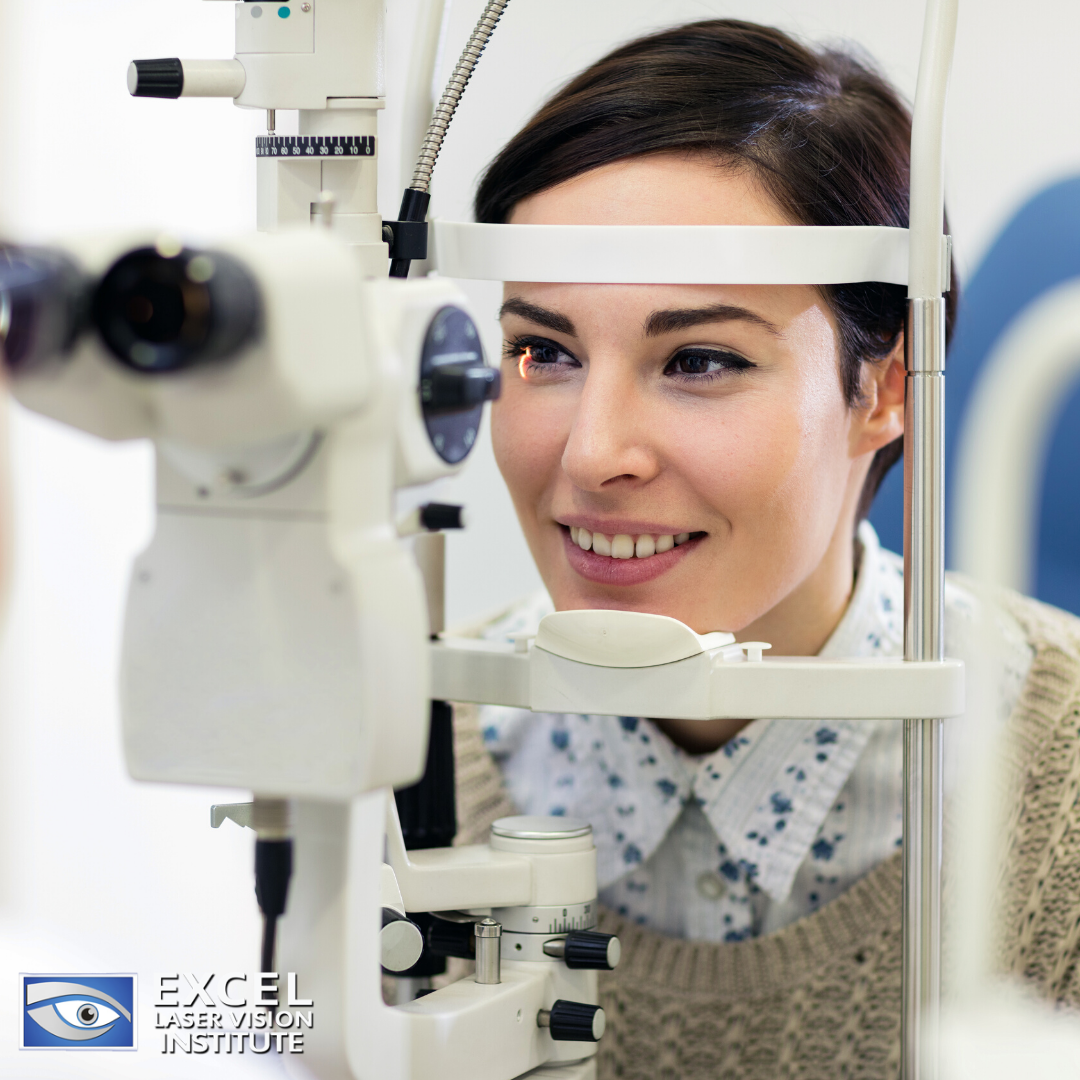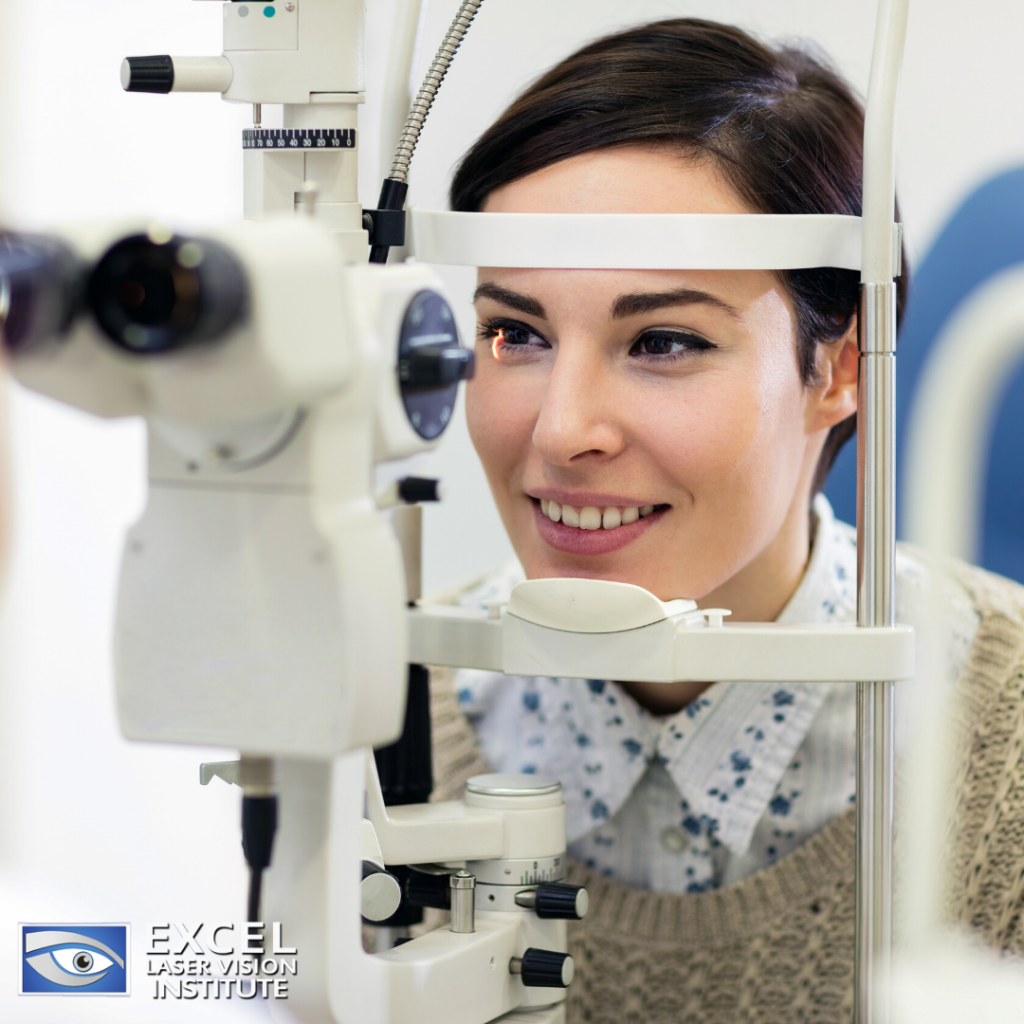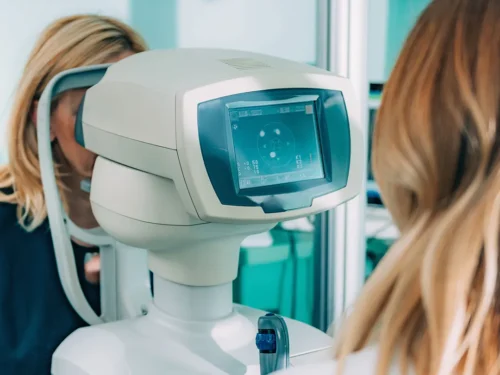
Unfortunately, there are several causes of blindness around the world, and one of those is cataracts. Through cataract surgery in Los Angeles, the eye surgeons explain that cataracts are the most treatable type of eye conditions, however, without surgical intervention, it can cause blindness.

What Is Cataracts Surgery?
Through cataract surgery in Los Angeles, the infected lens is removed from the eye and replaced with an artificial lens. Although cataracts are a worldwide cause for blindness, most ophthalmologists will not order their patients directly into cataract surgery when the condition is first diagnosed.
A majority of individuals experience a gradual worsening of symptoms with cataracts but there are things that can be done before cataract surgery to lessen these. For instance, they can change light levels in their residences and offices, as well as wearing prescription glasses and contact lenses to manage the problem for years.
However, if your symptoms progress to partial blindness, it can hinder your ability to perform daily activities and puts your safety at risk. At this point, you will most probably need cataract surgery in Los Angeles.
Below is some more information on how the medical community defines and diagnoses blindness, how cataracts can cause blindness, and what you can anticipate if you have cataracts or are at danger of developing them.
What Causes Blindness?
Blindness is commonly known as complete vision loss, but the medical definition for the word is a little different. For instance, partial blindness means a loss of vision leading to extremely limited visual input. There is a possibility that you may not see anything clearly, even with glasses or contact lenses, but you might be able to see colors and shapes.
Total blindness refers to the fact that you cannot see anything at all, including light. People who are legally blind have their vision rated at 20/200 or even worse, so they wouldn’t be able to see the big “E” on the top of a standard eye chart.
Both partial and complete blindness can be congenital, which means you may have been born with this condition or it could start in early childhood. However, this is also an eye condition that affects many people in adulthood when they experience vision loss. There are many reasons why you may lose your vision such as:
- An accident or injury that causes eye trauma or loss.
- Diseases such as diabetes can lead to nerve degeneration, including in the eye.
- Macular degeneration
- Obstructed blood vessels from a blood clot
- Lazy eye
- Complications from an eye surgery
- Eye specific diseases like cataracts
While there are many causes for blindness that are not treatable, cataracts are one of the most common and most treatable eye issues that can cause partial or complete blindness.
Why Do Cataracts Cause Blindness?
Cataracts are a degenerative condition in the eye’s lens. Typically, a healthy eye lens refracts light through the pupil and onto the retina, so the image is sent to the brain. Alterations to the shape of the lens can result in refractive errors such as nearsightedness, farsightedness, or astigmatism.
When cataracts develop, this is a sign that the proteins in the lens are breaking down. At first, this could seem to be a refractive error since you may notice blurry vision or problems focusing on objects. However, your eye doctor can diagnose the problem and observe the progress of your cataracts.
These are the symptoms which are associated with cataracts:
- Blurry vision
- Foggy or “dusty” vision
- Yellowing of colors
- Sensitivity to light.
- Seeing double
- Issues seeing well at night
- Requiring more light to read or perform close tasks
What Are The Different Types Of Cataracts?
Nuclear Cataracts: The first signs of nuclear cataracts are nearsightedness or a brief improvement in reading up close for those who are farsighted. After a while, the center of the lens will begin to become cloudy or yellow/brown. The cataract appears in the center of the lens and spreads. This can cause dramatic changes with a person’s ability to see light and color.
Cortical Cataracts: Cortical cataracts are the opposite of nuclear cataracts because they form at the edges of vision rather than at the center. They start as whitish streaks or wedge-shaped opaque areas that turn in toward the center of the lens. If cortical cataracts are left untreated, these white streaks will eventually block the vision.
Posterior Subcapsular Cataracts: These begin as a small, opaque area at the back of the lens, affecting how light filters to the retina. A person with posterior subcapsular cataracts will not get as much light in the eye, and their reading vision will be affected. They may also experience glows or halos around lights, particularly at night. Posterior subcapsular cataracts advance the fastest compared to other forms of cataracts.
Congenital Cataracts: These cataracts usually develop in the lens of a developing fetus and are caused by trauma or disease in utero, or start just after birth due to genetic risks. Congenital cataracts do not necessarily affect vision, but many parents decide to remove them from their babies as quickly as possible so the child can have the most normal vision as possible.
Cataracts usually occur because of age, and they usually start developing at the age of 40. Cataracts gradually progress, and many people do not require cataract surgery until they are 60 years old or older. However, several risk factors increase the possibility of developing cataracts, so you should think about making some lifestyle changes if someone in your family has had this condition, are worried about the condition, or have already been diagnosed with the early stages of cataracts.
- Get regular eye exams to follow changes in your vision and diagnose any diseases
- Quit smoking
- Drink alcohol moderately or not at all
- Wear sunglasses to protect against ultraviolet (UV) exposure
- Eat a healthy diet
- Manage other health problems like diabetes or heart disease
Even though you know you have cataracts and have made a diligent effort to change your lifestyle, your cataracts will still progress over time. Sooner or later, you will need cataract surgery to avoid total blindness.
If you fear you may have cataracts, give Excel Laser Vision Institute a call at + (818) 907-8606 today. Our team of dedicated and experienced ophthalmologists can diagnose and remove your cataracts for you!



